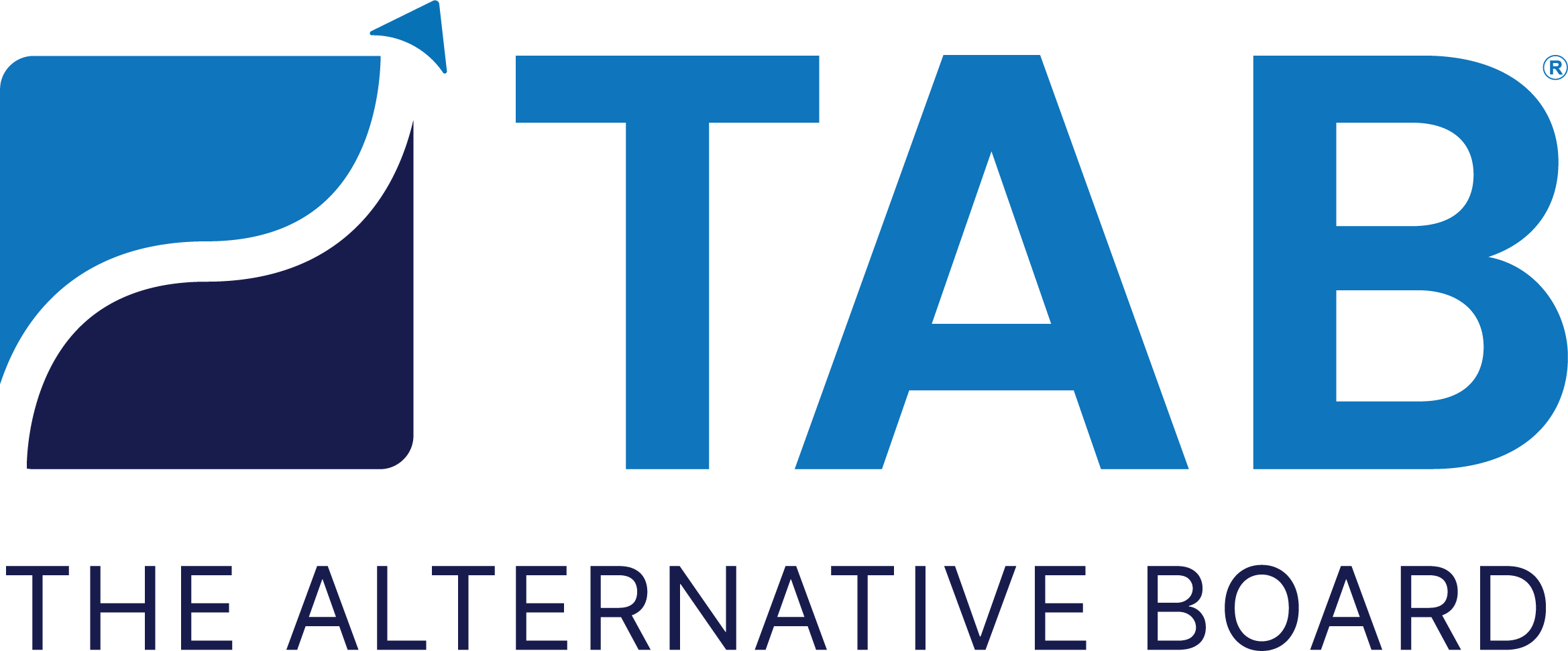Does Your Business Need AI? A Look at the Pros and Cons
If your business hasn’t yet integrated artificial intelligence (AI) into day-to-day operations, now is a good time to look more closely at the opportunities AI has to offer. At the same time, savvy CEOs and business owners will look at any supposed downside to AI implementation—while recognizing, of course, that their competition is also scrutinizing AI and most likely adopting this technology in one form or another.
Probably the most significant “pro” concerning AI is its ability to process information at speeds unmatched by any human effort. As Directive notes, AI “can handle repetitive tasks [and] can also analyze large amounts of data and spit out actionable insights, helping you to make better decisions based on metrics.”
Most business leaders probably agree that anything that facilitates rapid, informed decision-making is worth a closer look.
Other significant benefits include:
Greater efficiency
In-depth data analysis and a capacity for high-level automated responses to customer inquiries is a big plus. For example, ChatGPT is already being widely used to automate “marketing content creation, brainstorming ideas, programming code creation, customer onboarding process, customer engagement, research compilation and more,” notes Forbes. These innovations can make a huge difference in how efficiently a business is run these days.
Deeper understanding of customer behavior
By analyzing reams of data (customer demographics, purchasing trends and history, etc.), AI offers businesses the chance to better understand what makes their target audience tick. This knowledge in turn can lead to greater personalization of products and services—a potentially huge competitive edge over businesses that don’t adopt this approach.
AI helps small businesses “deliver personalized experiences … by tailoring offerings based on individual preferences,” notes Account Sense. Consequently, businesses are likely to see enhanced “customer satisfaction and loyalty.”
Better capacity to manage risk
Every business is susceptible to external threats and internal operational weaknesses. AI’s capacity to absorb and scrutinize data enables businesses to recognize many risks and systemic “minefields” before they occur. This in turn decreases the possibility of expensive strategic missteps and other challenges in the near-future. Any technology tools that help mitigate risk are worth an in-depth review by business leaders.
Some potential downsides of adopting AI merit careful consideration. These include:
Costly investment
As with any technology, certain upfront expenses are involved with incorporating AI into business operations. Costs can include the purchase of appropriate software and hardware, as well as the need to train employees in the use of AI. Expenses relating to maintenance and upgrades must also be considered.
Hurdles to integration
To be effective, AI must be seamlessly integrated within existing business systems. This can entail considerable time- and labor-intensive work to ensure that a company’s IT systems and workflow aren’t disrupted in the process.
Human error
AI programming and coding may be complex and extensive, depending upon a business’s infrastructure. Errors can trigger serious disruptions in an e-commerce system, for example. That’s why proper training and experience are very important when it comes to AI implementation.
Misinterpretation of data
AI is only as good as the information it processes. Without a human touch, therefore, “the absence of human involvement can lead to oversights or misinterpretations that may impact decision-making,” notes the Strategy Institute.
The advantages and drawbacks of AI should be closely examined before adopting new technology. At the same time, small businesses don’t have to make a huge investment of time and effort right out of the gate. It’s OK to begin implementation at a measured pace and address specific needs and concerns. This is probably the best approach to bringing artificial intelligence into your business operations.
Written by Lee Polevoi

